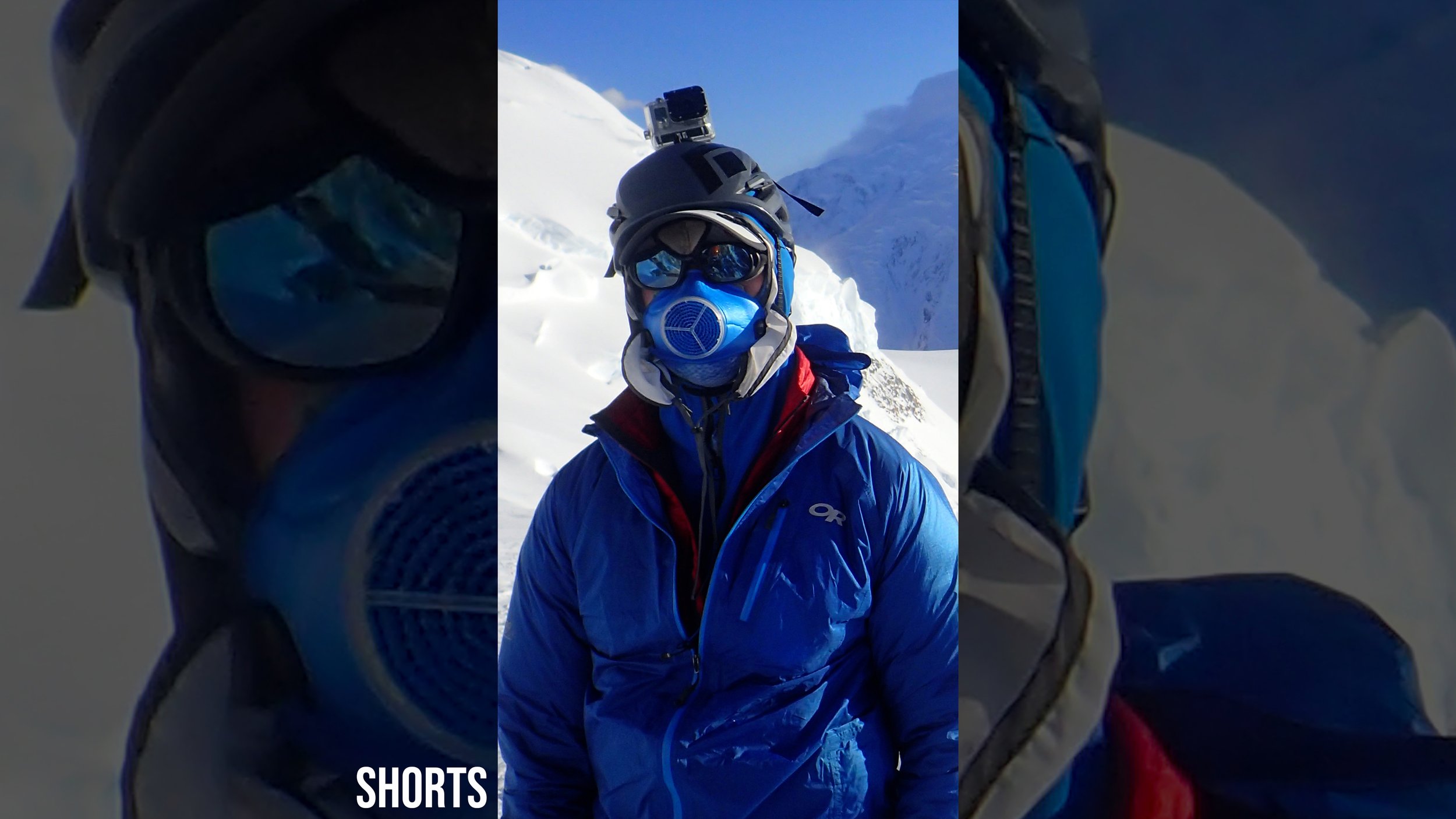Short clips
Trailers to full length videos and stand-alone quick tips; everything we make that is under 60 seconds
Is the Garmin InReach Explorer Plus GPS and Satellite Communication Device Worth its Weight?
There are legitimate reasons to prefer not bringing a GPS device with you in the backcountry. Costs may be prohibitive. You may prefer map and compass. You may only take short trips out. But if you do anything that is multi-day, GPS devices make the most weight-efficient electronic option. It's more than just gross weight that should be considered, but weight per hour of use. Once you start getting other devices up to the same battery life by bringing battery banks with you, that supposed weight disadvantage starts to disappear.
Alpine Climbing Isn't Crag Climbing: Racking Your Gear with Gloves
Often times rock climbers wrap their runners and cords very tightly to keep them out of their way when racking them on their harness. But if you get into alpine climbing or mountaineering in the cold environments, that kind of thing can be difficult to tie and untie with gloves. Here's how I find the balance between racking in a glove friendly way but which could be too loose and a trip hazard versus racking very tightly but in a way that is difficult to manage while gloves are on.
Simplest Thing to Keep Your Sleeping Bag in Good Condition
Sleeping bags can be expensive, and we should take care of that investment. The simplest thing you can do to help keep your sleeping bag lofting and in excellent shape is to not store it in a compression sack when you aren't using it out in the field. Hanging in it our using its non-compression storage bag are better options, if you have the space.
Winter Hiking, Climbing, or Backpacking in the Outdoors? You Need a Full Side Zip Storm Pant
If you are hiking, backpacking, or climbing in winter, those ultralight storm pants that weigh a few grams are missing one key feature: a full side zip up the outside of the legs. If you have big boots and sharp traction devices on those boots, a full zip becomes indispensable. That way you can avoid shredding those pants or else having to remove your spikes every time the storm shell comes on.
Hike, Climb, Mountaineer? Exercise in the Cold? 14ers in Winter? A Heat Exchange Mask Helps
The cold makes it harder to bring in oxygen and have that oxygen circulate around your body. Whether you hike, climb, backpack, exercise, or just camp, this can put unnecessary strain on your heart and lungs. Scientists have found that a heat exchange mask can help avoid these issues. I've been using one on my mountaineering and climbing expeditions for years. It's helped me keep cold-induced asthma under control as well as helped my non-asthmatic friends perform at their best when we are in extreme conditions.
No Cost Way to Keep Canister Stoves Working in the Cold: a Mountaineering Best Practice
You are hiking, backpacking, or climbing in the cold and your multiday trip would be easier with the convenience of a canister stove - if only they didn't fail in cold weather! Well, they don't have to fail. Mountaineers have been using canister stoves in high, extremely cold places for years. And this simple, no-cost solution can be applied to anyone who wants to camp cook with canister fuel.
For 30 Cents (USD) Keep the Snow Out of Your Boots When Climbing, Hiking, and Mountaineering
The key to keeping the snow out of your boots is already on your pants. You can use the grommets on the hem to cinch your pants down when facing deep powder or post-holing when out on a climb or hike in the winter. Here's how.
Avoid Frostbite: DIY Glove Leashes for Alpine Climbing and Winter Hiking
When the temperatures drop, losing an outer glove or mitt could lead to serious damage to your fingers and hand. Yet, sometimes you need to be able to take off that outer glove for improved dexterity or to better feel the terrain. If you gloves don't come with a factory installed leash, you can create a do-it-yourself option.








